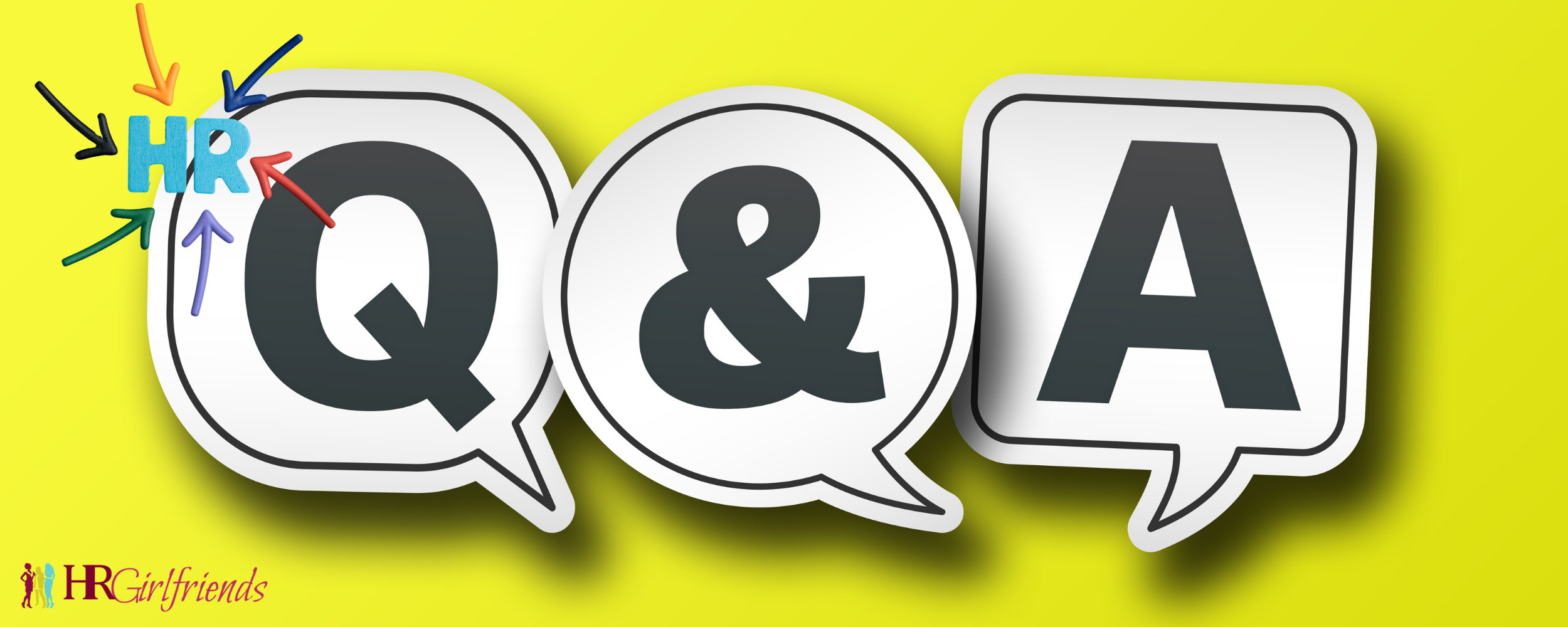Furloughs and layoffs are ways to reduce labor costs during times of economic hardship. They both involve a loss of work for employees, but there is a key difference between them.
A furlough continues employment but reduces scheduled hours or requires a period of unpaid leave. Because the employment relationship remains intact, employees typically expect that they’ll come back to their full schedule when the period of hardship is over. Employers should generally avoid using a furlough if the odds of bringing people back are slim, as it can provide false hope and prevent employees from seeking new work when they should.
A layoff, on the other hand, involves terminating the employment relationship. In most cases, layoffs are permanent, and employees don’t expect to be rehired. While layoffs can be temporary, furloughs are usually the better option when the employer plans to bring the employees back since it avoids the administrative hassle of terminating and rehiring employees.
Whichever method is chosen, employees may be owed certain notices and benefit continuation rights. In addition, affected employees may be eligible for unemployment insurance benefits.
This Q&A does not constitute legal advice and does not address state or local law.
Answer from Jenny, SPHR, SHRM-SCP





